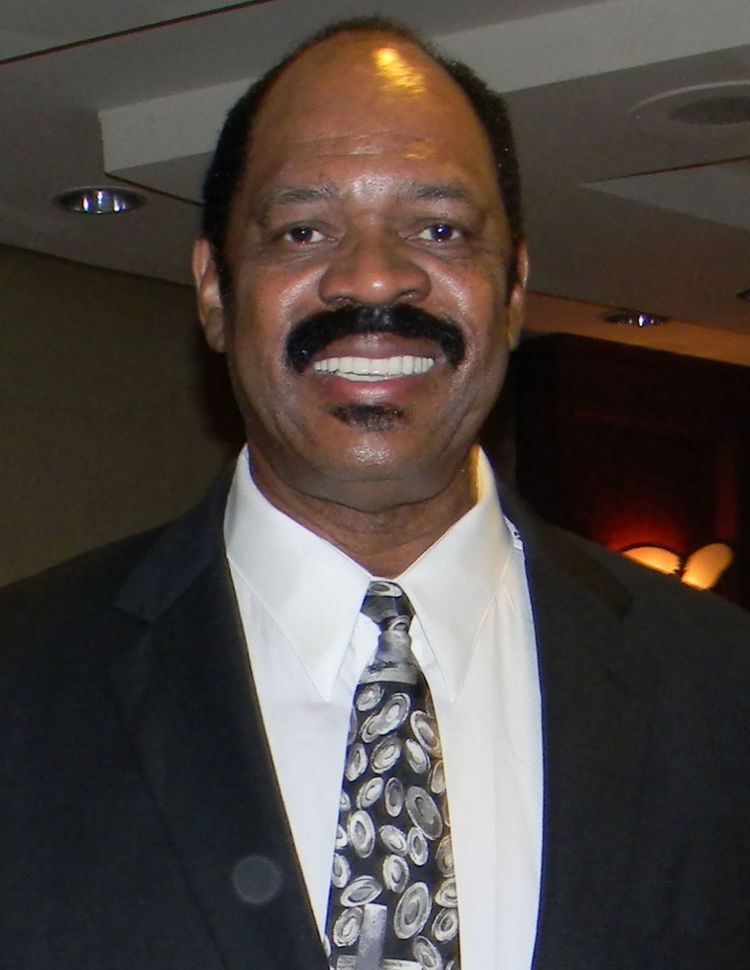 | ||
Date(s) March 29, 1971 (first 10 rounds)March 30, 1971 (remaining rounds) Location New York City, New York First selection | ||
The 1971 NBA draft was the 25th annual draft of the National Basketball Association (NBA). The draft was held on March 29 and 30, 1971 before the 1971–72 season. In this draft, 17 NBA teams took turns selecting amateur U.S. college basketball players and other eligible players, including international players. A player who had finished his four-year college eligibility was eligible for selection. If a player left college early, he would not be eligible for selection until his college class graduated. The first two picks in the draft belonged to the teams that finished last in each conference, with the order determined by a coin flip. The Cleveland Cavaliers won the coin flip and were awarded the first overall pick, while the Portland Trail Blazers were awarded the second pick. The remaining first-round picks and the subsequent rounds were assigned to teams in reverse order of their win–loss record in the previous season. Prior to the start of the season, the San Diego Rockets and the San Francisco Warriors relocated to Houston, Texas, and Oakland, California, and became the Houston Rockets and Golden State Warriors respectively. The draft consisted of 19 rounds comprising the selection of 237 players. The league also hosted a supplemental hardship draft on September 20, 1971, for college underclassmen who wish to join the league.
Contents
Other picks
The following list includes other draft picks who have appeared in at least one NBA game.
Trades
Hardship draft
On September 10, 1971, the NBA hosted a supplemental hardship draft for college underclassmen who wish to join the league. Prior to the 1971 Draft, college underclassmen were not eligible to be drafted until their college class graduated. These underclassmen fulfilled the "hardship" criteria and were allowed to enter the draft early. This new rule came as a result of Spencer Haywood winning the court case against the NBA which allowed him to play in the NBA before his college class graduated. The teams selected in reverse order of their win–loss record in the previous season. The team that made a selection must withdraw their equivalent selection in the 1972 Draft. The teams were allowed to not exercise their rights on this hardship draft and thus retained their full selection in the 1972 Draft.
Three teams that were supposed to have the first three selections, the Cleveland Cavaliers, Buffalo Braves and Portland Trail Blazers, declined to exercise their rights. Therefore, the Cincinnati Royals had the first selection, which they used to select Nate Williams from Utah State University. Phil Chenier, a junior guard from the University of California, was selected by the Baltimore Bullets. He is the only player from the hardship draft who was selected to All-NBA Team and All-Star Game. Joe Hammond, who had not played high school and college basketball, was selected in the fourth round by the Los Angeles Lakers. Hammond, who had played for the Allentown Jets in the Eastern Basketball Association (EBA) prior to the draft, had to apply as the "hardship case" because his college class could not graduate until 1972 if he had gone to the college. From the six players that were available for selection, only Ed Owens from Weber State University that was not selected by any NBA team.
